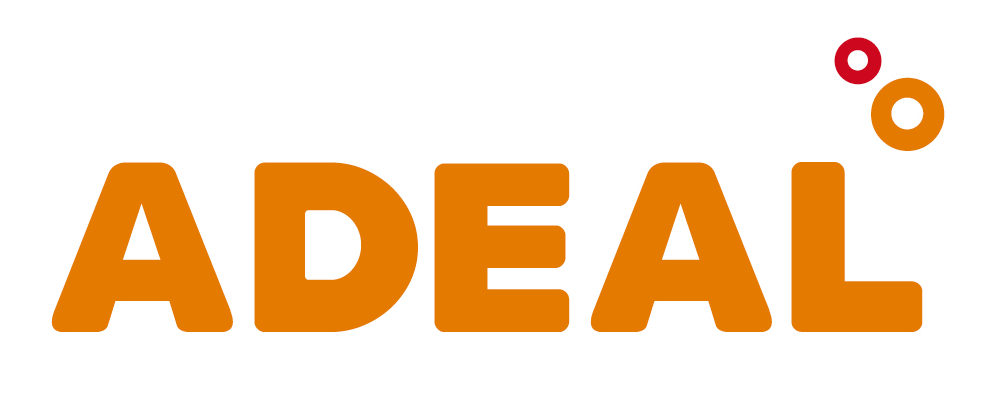Content
- What Medications are Used in Addiction Treatment?
- An Artist And A Scientist Take On The Stigma Of Addiction
- SAMHSA Behavioral Health Treatment Locator
- Contact us today if you are seeking help, or review our list below for tips you can use to help stop addiction.
- Limits on virtual addiction treatment may soon return, making care harder to access
- Action Stage
- Withdrawal therapy
- Preparing for change: 5 keys to addiction recovery
Addiction is a chronic, lifelong condition that can completely disrupt a person’s life. Because addiction is such a chronic and serious disease, treating the disorder requires a holistic, integrated, and multi-pronged approach from a team of qualified medical professionals and therapists. Millions of Americans have a substance use disorder (SUD)1, and it remains an important health issue in our country. Aftercare is a great option for many people who don’t believe they are ready to face the responsibilities of daily life. In addition, aftercare provides recovery support after discharge from a rehab program. This helps clients transition back to work, mend broken relationships, and continue their connection to support groups.
- Also, talking about craving often helps to discharge and relieve the feeling and will help restore honesty in your relationship.
- Emotional and mental relapse may start weeks or even months before the event of physical relapse.
- It’s recommended that clients remain in a sober living home for at least 90 days, while many people remain in sober living for six months to a year.
- As the old phrase goes, You can’t pour from an empty cup.
- Treatment programs include other forms of treatment beyond just medication management, such as behavioral therapy, which, when combined, helps recovery become more successful.
- It was then updated in 1992, when it started being used in clinical settings for a variety of behaviors.
Studies show people usually recover, but as with Rasco and Mable-Jones, the process happens slowly after multiple relapses. While tragic, the 100,000 fatal drug overdoses last year actually claimed the lives of a tiny percentage of the 31.9 million Americans who use illegal drugs. Researchers say this data — and this lived experience — contradicts a widespread misperception that substance-use https://ecosoberhouse.com/article/steps-to-successful-drug-addiction-recovery/ disorder is a permanent affliction and often fatal. But in a pattern researchers say is common, Mable-Jones’ illness eventually eased. She found treatment that worked and has lived drug-free for more than 20 years. A separate study published by the CDC and the National Institute on Drug Abuse in 2020 found 3 out of 4 people who experience addiction eventually recover. Know more on, rehab near me
What Medications are Used in Addiction Treatment?
Yes, pets are a responsibility, but caring for an animal makes you feel loved and needed. Talk to friends or family members about craving when it occurs. Talking can be very helpful in pinpointing the source of the craving. Also, talking about craving often helps to discharge and relieve the feeling and will help restore honesty in your relationship. Think of a sandy beach, or a fond memory, such as your child’s first steps or time spent with friends.
However, depending on your circumstances with addiction, your program may last longer. Contact a treatment provider today if you or a loved one would like to explore potential treatment options. Some form of behavioral talk therapy, such as cognitive behavioral therapy (CBT), is almost always encouraged with medication approaches to simultaneously achieve the best results in treating both conditions. Methadone works by binding to the same receptors in the brain as Heroin and pain medications, but Methadone does not cause euphoria when used at an appropriate dosage. This helps with managing withdrawal symptoms and cravings that occur.
An Artist And A Scientist Take On The Stigma Of Addiction
Once a client has completed rehabilitation it doesn’t mean they are done with recovery. Specifically, recovery is a never-ending process and clients must continue to adjust and have support. Therefore, it’s important to reach out after rehab through an alumni program, sober living, and aftercare. Some people have attempted to detox without medical care, referred to as going “cold turkey.” Some may find success with this method.
- After identifying them, you then learn how to modify them so you can thrive in sobriety.
- The more you can stay healthy and feel good, the easier it will be to stay sober.
- When it comes to the preparation stage, the individual is building a sense of urgency regarding their desire for sobriety.
At three years of sobriety, I buried my best friend in the world. It broke my heart and healed me in innumerable ways at the same time. I sought spirituality and a connection with my higher power with a desperation that I never had before. My alcoholism had progressed to the point in which I couldn’t get drunk anymore.
SAMHSA Behavioral Health Treatment Locator
Support groups are instrumental in staying on the path of recovery once out of treatment, allowing for long-term continued care after treatment. In addition, the individuals you meet in support groups can offer encouragement throughout the recovery process and be an invaluable source of support. Aftercare helps you stay on track and keep practicing what you learned while in rehab. The National Recovery Month webpage provides a host of resources that can be used to help promote the observance. Behavioral therapies help people in drug addiction treatment modify their attitudes and behaviors related to drug use. As a result, patients are able to handle stressful situations and various triggers that might cause another relapse.
What are the 5 stages of change in recovery?
The model describes five stages that people go through when changing their behaviour: precontemplation (not ready), contemplation (getting ready), preparation (ready), action and maintenance. The model assumes that everyone goes through a similar process when changing a behaviour (Prochaska & Prochaska, 2009).
Disulfiram, commonly referred to as Antabuse, is one of the first medications used to reduce alcohol consumption by discouraging alcohol ingestion. Alcohol ingestion is discouraged by Disulfiram causing uncomfortable symptoms that include nausea, vomiting, sweating, headache, and chest pains, among others. Medication management will often expand past the first couple of weeks of the initial detox phase.
“I walked through Recovery’s door”: Margaret’s story of fighting drug addiction after prison
Dr. Ashish Bhatt, MD discusses the use of medications during addiction treatment, and how medically assisted treatment can help maintain sobriety. Cognitive behavioral therapy (CBT) is used to help people uncover problematic thoughts or feelings that influence unhealthy behaviors. Unhealthy behaviors may compromise one’s sobriety or contribute to relapse without intervention. This form of therapy is also helpful in treating co-occurring conditions, such as depression and bipolar disorders.
What does 2% tattoo mean?
Though there are certainly a ton of options, this symbol has become known as a 'meth recovery tattoo' in some circles, but also more widely represents the perseverance and determination of those who choose abstinence from all substances in the face of great adversity, and we feel the 2% symbol makes a worthy addition …
It requires a lot of effort, time, and bravery to confront these issues head-on and address the deep-seated issues that have contributed to your addiction. In working with counselors and therapists in rehab, you’ll have many opportunities to do this and as a result, you’ll experience rewarding personal growth. One of the most common occurrences with substance use disorders is the experience of mental health conditions such as depression or anxiety disorders, referred to as a co-occurring disorders. There is an ongoing “chicken or the egg” conversation regarding which condition occurred first. This is often an individualistic event, and each disorder can occur in various stages of one’s life.
Contact us today if you are seeking help, or review our list below for tips you can use to help stop addiction.
Drugs like opioids are some of the most addictive in existence. Treatment can be especially tricky for recovering addicts because opioid withdrawals come with long-term and severe cravings to use. Unfortunately, opioids are the drug most responsible for overdoses and deaths.
During the maintenance stage, the individual is working hard to prevent addiction recovery relapse. They’re also keeping up the lifestyle changes they made, like getting regular exercise, recreational activities, staying sober, paying attention to sleep hygiene and attending support groups. They don’t feel the urge to relapse as frequently as people in the action stage, so their confidence grows and they truly believe in their ability to maintain sobriety long term. Other medications that are used in the fight against opioid addiction include agonist drugs, such as methadone and naloxone. These drugs inhibit the brain’s opioid receptors from activating.
Limits on virtual addiction treatment may soon return, making care harder to access
Those who were taking drugs in high doses for an extended time have the worst symptoms. Methadone is a medication with risks attached due to its addictive properties. Methadone is traditionally found at treatment centers connected with onsite counseling and services to assist with detox.

Believe it or not, many people fail to remain sober after rehab. In most cases, they haven’t reached out for the proper support before falling for triggers. In fact, 85 percent of individuals relapse within a year of treatment, according to the National Institute on Drug Abuse. Moreover, two-thirds of individuals return to drug use within weeks of beginning addiction treatment. Understanding some of the common challenges people face in addiction recovery may provide clearer insight into a life in recovery. It also may help show the many ways our rehab program is designed to help you through those challenges.
